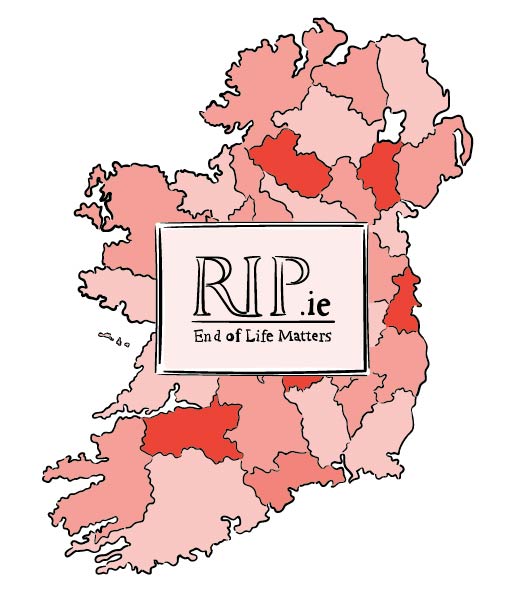FEATUREs:
- Among the top twenty most visited sites in Ireland
- Provides links to sympathy cards, condolence messages, and donation causes
You have reached your article limit
Sign up for a digital subscription and continue reading all new issues, plus our entire archives, for just $1.50/month.
Already a subscriber? Sign in





